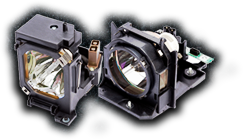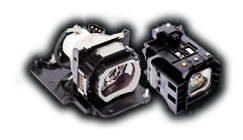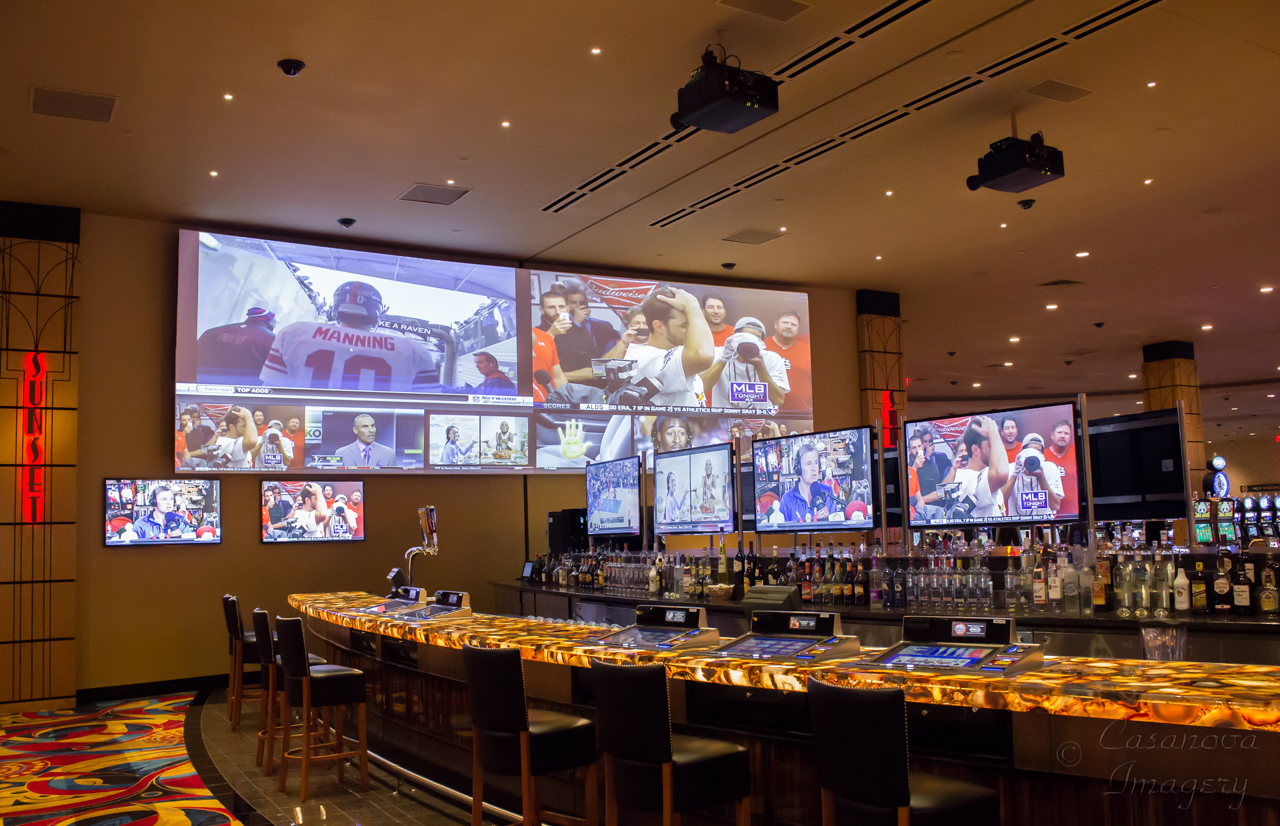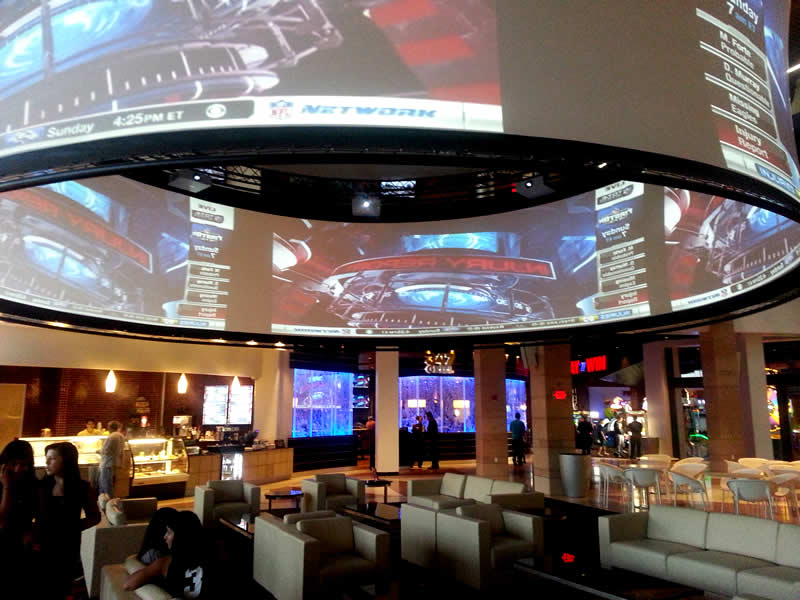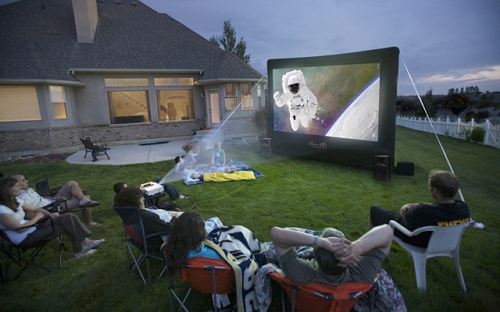Last year, A/V enthusiasts had a lot to be excited about. Many of the biggest players in the projector game released updated versions of many of their best-selling models, like the BenQ HT1075, which replaced the ever-popular W1070. Plus, more and more 4K projectors are being released, and the prices, while still expensive, continue a slow march downward. We looked at some HD projectors that were released in 2014 (and one at the end of 2013) and picked 5 of my favorites, based on image quality, available features and more. These are a few of the best home theater projectors:
Epson Home Cinema 5030UB
Technically, the Epson 5030UB was released at the tail-end of 2013, but it made the most waves in 2014. The 5030UB is a higher-end projector from Epson, starting at $2299, but it’s worth the price. Rated at 2400 lumens, the projector is more than bright enough for light-controlled rooms, and can even deliver in moderately lit rooms.
Plus, the image quality is spectacular. The contrast ratio has been doubled from previous versions, up to 600,000:1, while color accuracy and shadow detail are impressive. Specs include:
•Full HD 1080p
•1x Zoom Ratio
•Classic Black-and-White Cinema Mode
•3D ready with two pairs of 3D glasses
BenQ HT1075
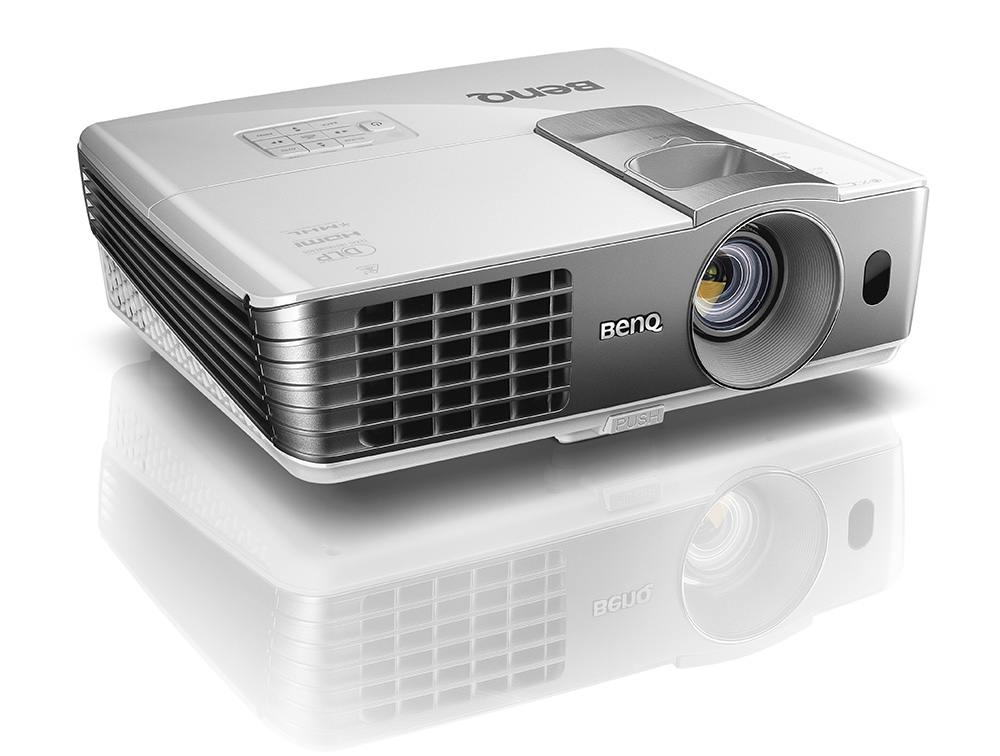
If you’ve shopped for a budget home theater projector, you’re probably aware of the HT1075’s predecessor, the W1070. That’s been one of the most popular projectors in recent memory. The updated HT1075 doesn’t pack in a variety of new features, but, true to the W1070, it’s one of the best budget projectors released in 2014. Specs include:
•Full HD with 3D
•2,200 Lumens
•10,000:1 Contrast Ratio
•New Mobile Hi-Definition Link (MHL) Support
•A Redesigned Menu
Sony VPL HW600ES
The Sony VPL HW600ES takes an exciting step forward; it’s a native 4K Ultra HD projector, taking image quality to all new heights. Although, the Sony VPL is expensive, starting at more than $14,000, it’s one of the more reasonably priced 4K projectors. The biggest difference, of course, is resolution; 4K projectors pack in four times the pixels in each image. For non-4K content, the pixel rate is upgraded to 3840×2160; so even non-4K content benefits. That translates to some of the most impressive detail available, even as you move further from the screen. Specs include:
•200,000:1 Contrast Ratio
•1700 Lumens
•Ultra HD, Full HD 3D
•Automatic calibration
Lens shift and zoom
Optoma HD26
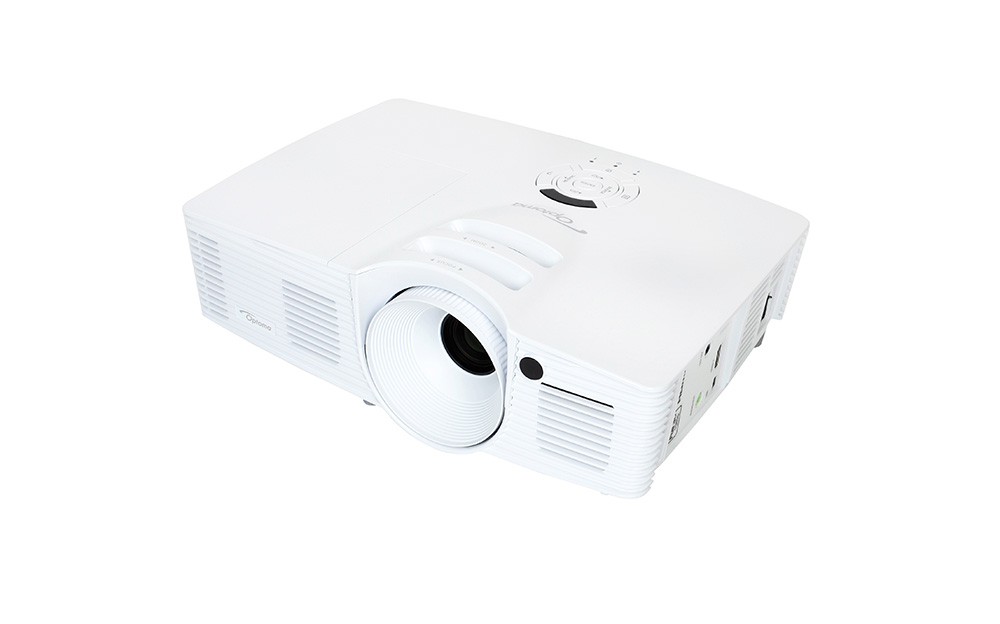
For a sub-$1,000 projector, the Optoma HD26 is one of the brightest. It’s rated at 3,200 lumens, providing bright, saturated colors, and really, for the price, it’s a contender for best image quality. There aren’t many projectors this affordable that are as bright. One point: There is a slight rainbow effect on black-and-white images. But for the price, the image quality is pretty impressive. Specs include:
•3,200 lumens
•Full HD 3D
•5,000-hour lamp life
•MHL support
Epson PowerLite Home Cinema 3000
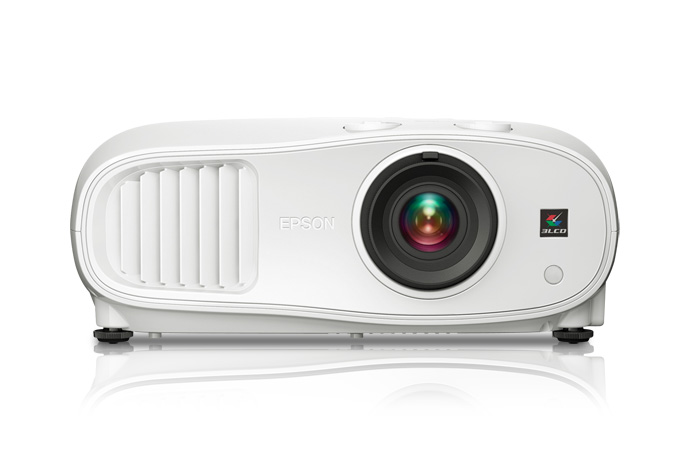
The Epson PowerLite Home Cinema 3000 is the long-awaited update to the Epson 8350, and for those who waited, there are new features to be excited about. This is an entry-level 3LCD projector, starting at roughly $1,200, and it offers advantages over less expensive projectors. For instance, Cinema Mode features a bright 1,700 lumen picture with impressive color accuracy and saturation. Specs include:
•Full HD 3D
•2 pairs of 3D glasses
•Vertical and horizontal lens shift
•3,500-hour lamp life
•60,000:1 contrast ratio
•2,300 lumens
